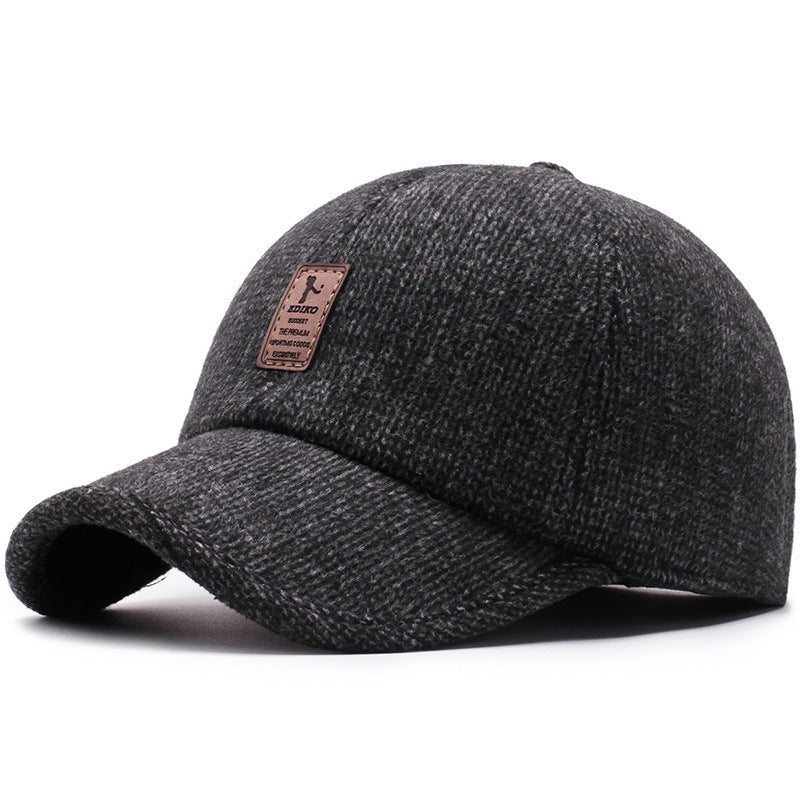
Fabrics that are most commonly used to make hats
If you are a intense hat collector, you know that there are many fabrics for hats. If you want to take the best care of your collection, you need to know what the fabric is made of.

Popular Hat Fabrics
- Polyester - Polyester is a popular material used in making hats. It's made from recycled plastic. It's durable and is very affordable. Polyester is also a favorite among hat lovers due to its ability to repel dirt and water. The properties of polyester make it ideal for wearing during the summer season. Its moisture-wicking properties help keep the skin dry and comfortable.
- Nylon - Nylon is a lightweight and breathable material suitable for hot summer days. It is made of recycled plastic and is easy to take care of.
- Cotton - Cotton hats are soft, hypoallergenic, and excellent for controlling moisture and insulation. Unfortunately, they are not as durable as synthetic fibers, so they are often blended with synthetic fibers to boost its durability.
- Wool - Wool is a popular fabric for a lot of hats, but wool can make hair brittle. If you love healthy hair, line your hair with a satin cap before putting on a woolen hat.
- Buckram - Buckram is a stiff material used to strengthen hat brims. Buckram is also sometimes used in strengthening the brims of classic hats.
- Linen - Linen is a natural fiber that is extracted from the flax plant. Linen hats are also fantastic for spring and summer.
- Straw - Straw hats are made of material from different plants, including bamboo, wheatgrass, papyrus reeds, and sisal.
- Plastic - Women love plastic and retro visors for women because they come in very many colorful and catchy shades, are easy to clean, and are suitable for protecting you from the scorching sun.
To Sum Up
The world of headwear is a liberal one, with many materials used to make hats depending on their purpose. Know the materials used to make hats in order to take care of them effectively.

